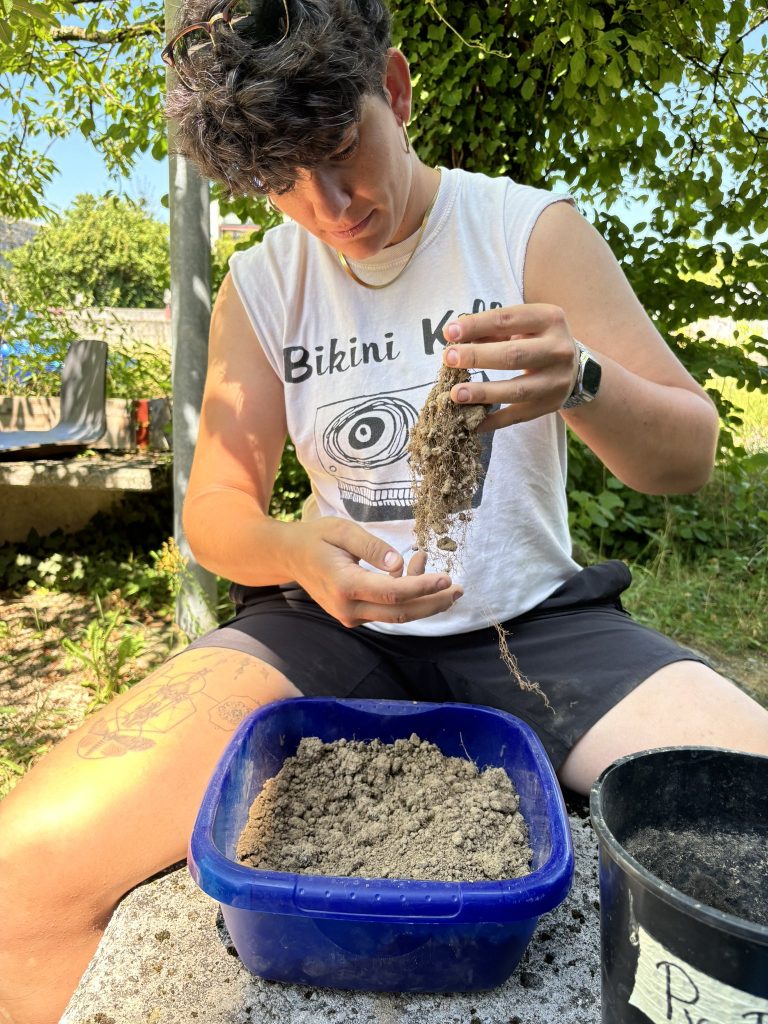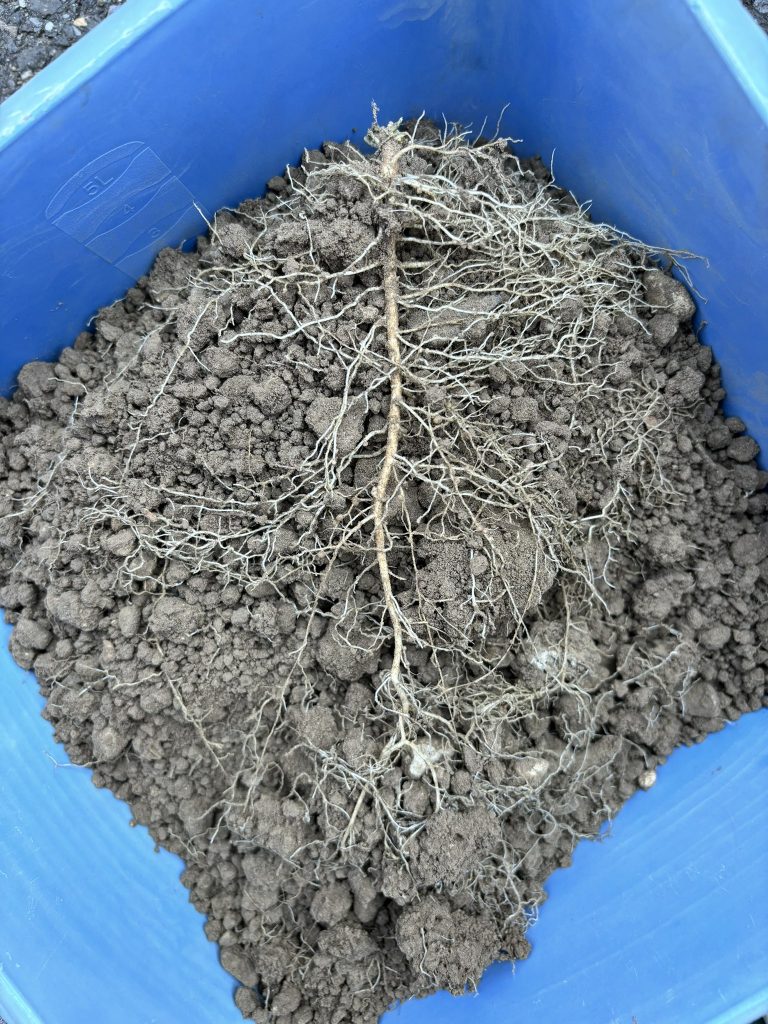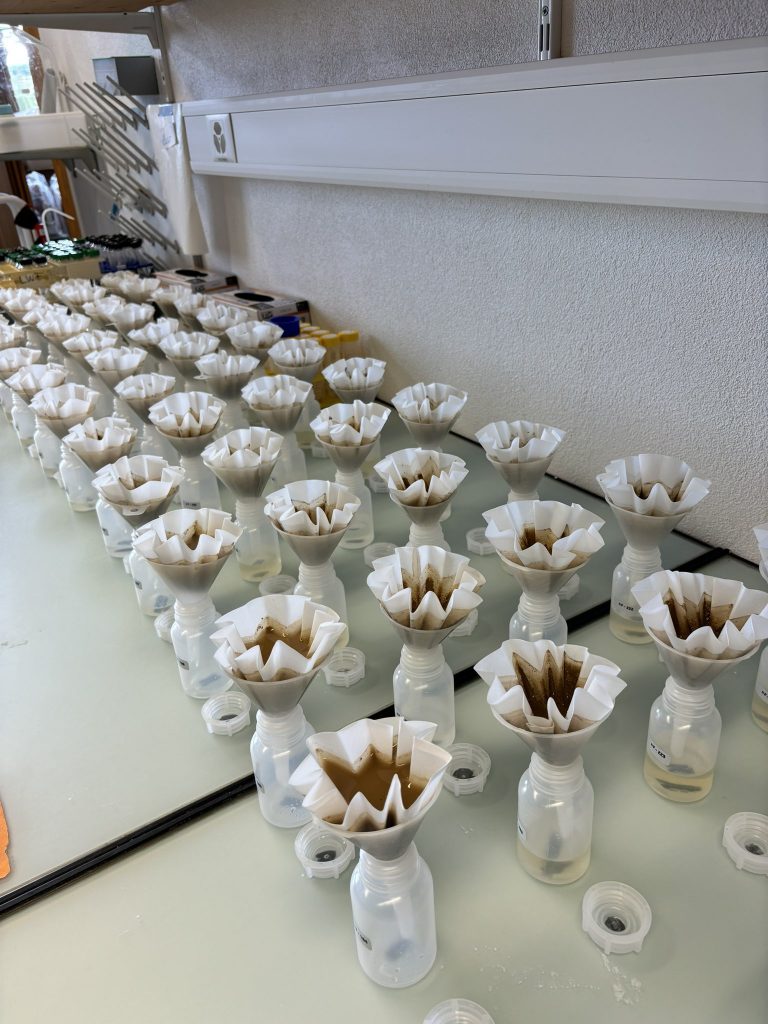This past summer was packed with fieldwork! We did not lack predawn campaings, long days of measurements and extended stays in regions far from EPFL. But when the effort is shared among us, the atmosphere is relaxed and there is no shortage of fun and discovery!
In a random order, we had th following fieldworks:
- Maxwell’s project that took place in the climate chambers in Basel;
- Janisse’s last official fieldwork in Saillon (Valais);
- Alyssa ran her project in the chambers at Modoek (Zurich);
- Giovanni was the first of our group to launch measurements at the new VPD station (link) in the Pfynwald forest (Valais);
- Helena conducted her controlled soil experiment in the Polytunnels (EPFL);
- Thibaut ran a lot of measurement analysis on his plants kept under observation in the Polytunnels (EPFL);
- Philipp’s spring-long project was the first of the season;
- Julie’s project on agricultural hedges biodiversity in French-speaking Switzerland;
- Christoph’s poject of which you can find an entire article here.
For all these campaigns we must thank not only the project leaders (written above), but also all the collaborators at PERL who contributed to the success of the measurements. Thanks also to Alvaro (technical employee for summer 2024), Mathieu (civil service), and Samuel (civil service) who have provided us with incredible support.
In the rest of the article we give voice to the various project leaders who shared with us a little note about their experiences and of course, some nice photos!
Maxwell: “Cap, sandals, shorts, sunglasses, t-shirt… No, we didn’t go to the beach; instead, we spent a total of 20 intense days in the climatic chambers at the University of Basel, braving 40°C to measure various physiological and phenological parameters. It was a fantastic experience to explore the beautiful city of Basel and reward ourselves with a well-deserved swim in the Rhine after long measurement days.
By the end of the campaigns, however, the plants weren’t as enthusiastic as we were. They showed their displeasure with signs of leaf scorching and senescence, especially the common beech. Now, they’re resting in the Polytunnels at EPFL, where they’ll wait to be assessed for spring phenology. A huge thank you to everyone who helped out during the campaigns!”
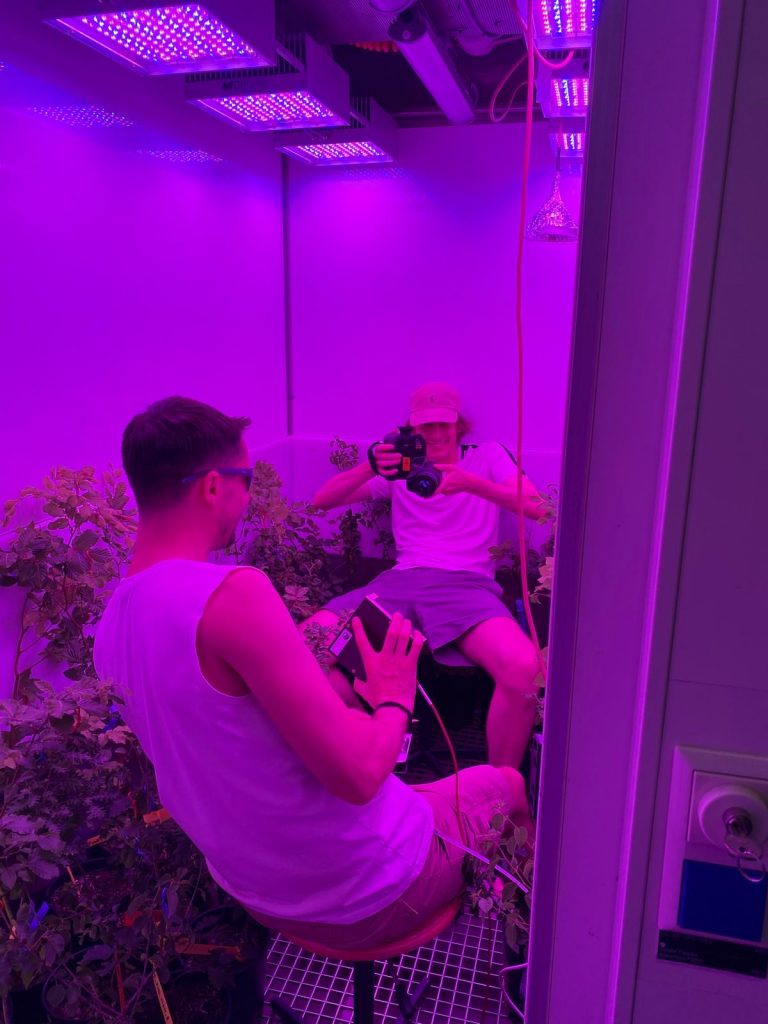
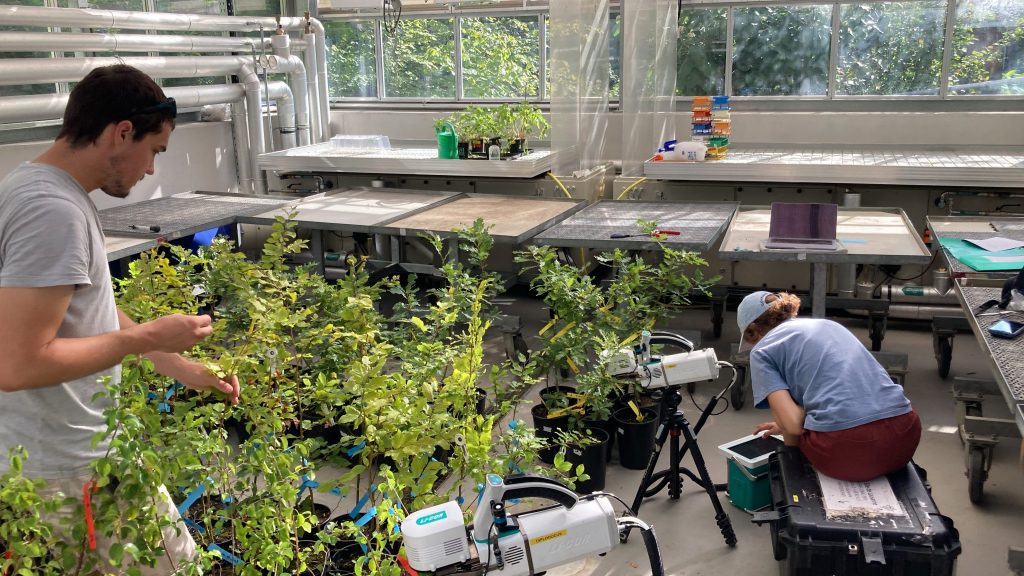
Alyssa: “We finished the Modoek field season the last week of September, just in time to still measure green (or mostly green!) leaves on most of our trees. Along with the usual gas exchange, water potential, and thermal tolerance measurements, we also collected leaves to measure morphological and anatomical traits, which we have been working on back at EPFL over the past few weeks. At the end of the week at Modoek, we removed all the instruments that have been collecting continuous data all summer. Now we are on to the data analysis stage! See you next year, Modoek.”
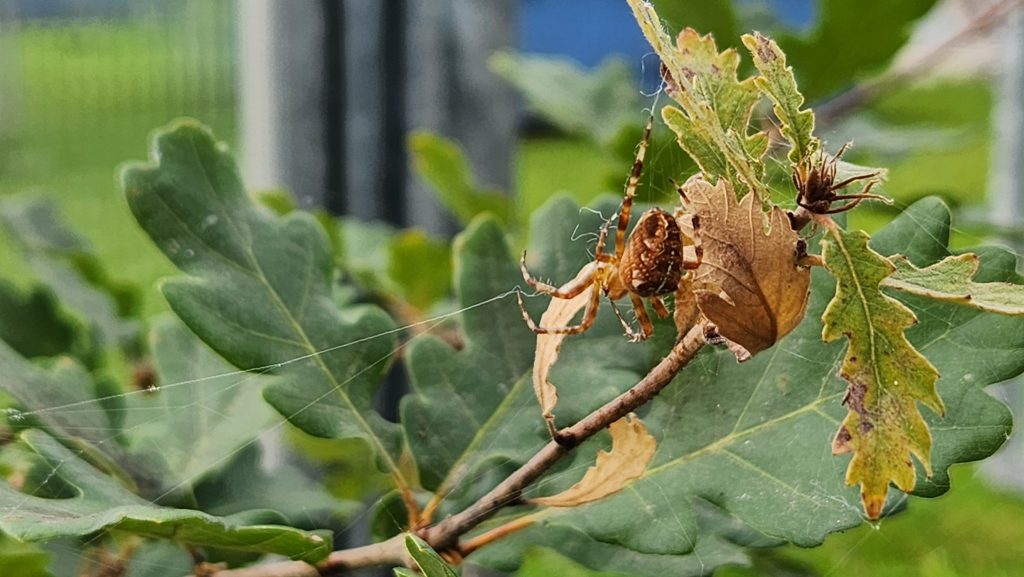

Janisse: “Last September, we did our last measurement campaign in our field site in Saillon (Valais), where we investigate how species interactions affect canopy microclimatic conditions and carbon exchange in beech and oak trees. It has been two years full of adventures, going up and down a very steep forest, waking up at 3:30 AM for predawn measurements, escaping bees attacks and transforming Airbnb flats in a fully functioning laboratory. Nothing better however, to finish a long day of hard work with a nice pizza at the Accademia della Pizza and a relaxing thermal bath. I will miss the beauty of the forests, the exceptional view on the Alps, the peaceful feeling of being immersed in nature and the excitement of always learning something new about our forests. Thank you to all the people that helped me during this crazy experience, you are amazing! And now, full immersion in data analyses! I am looking forward to see the results! Goodbye, Saillon?”
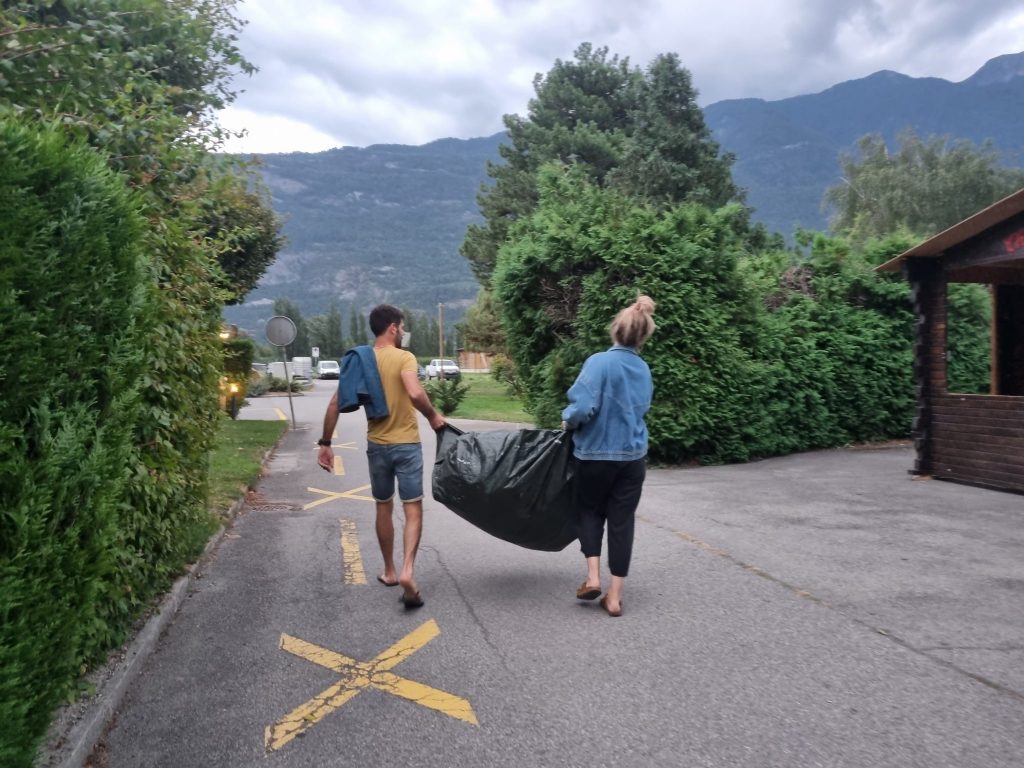
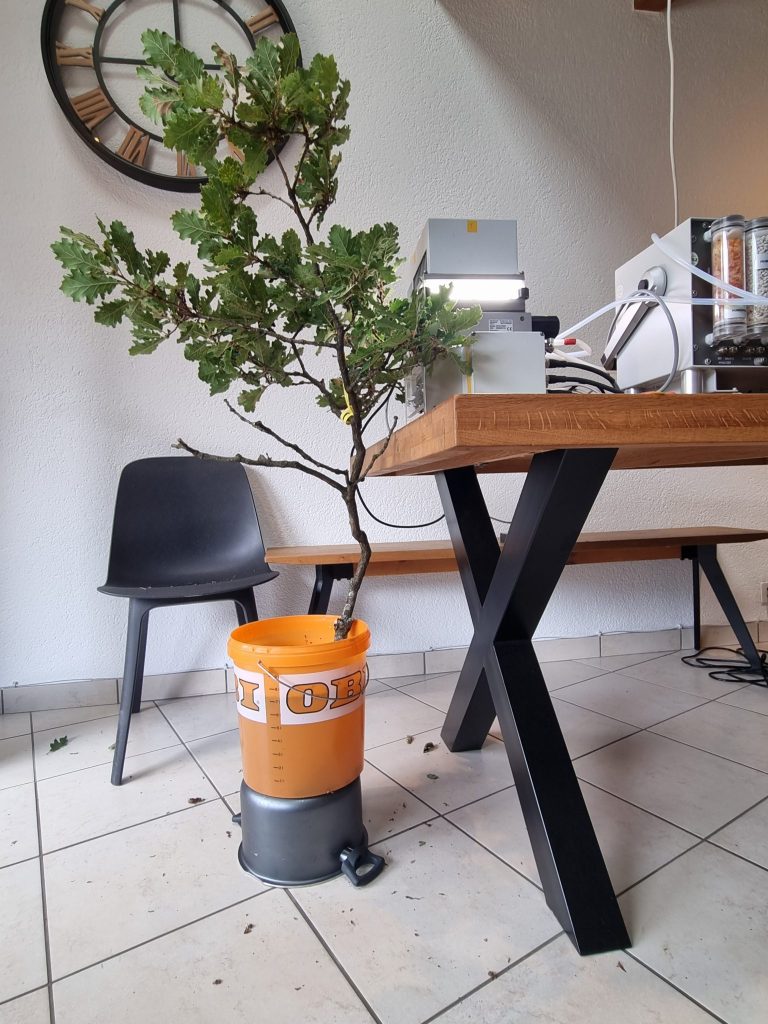
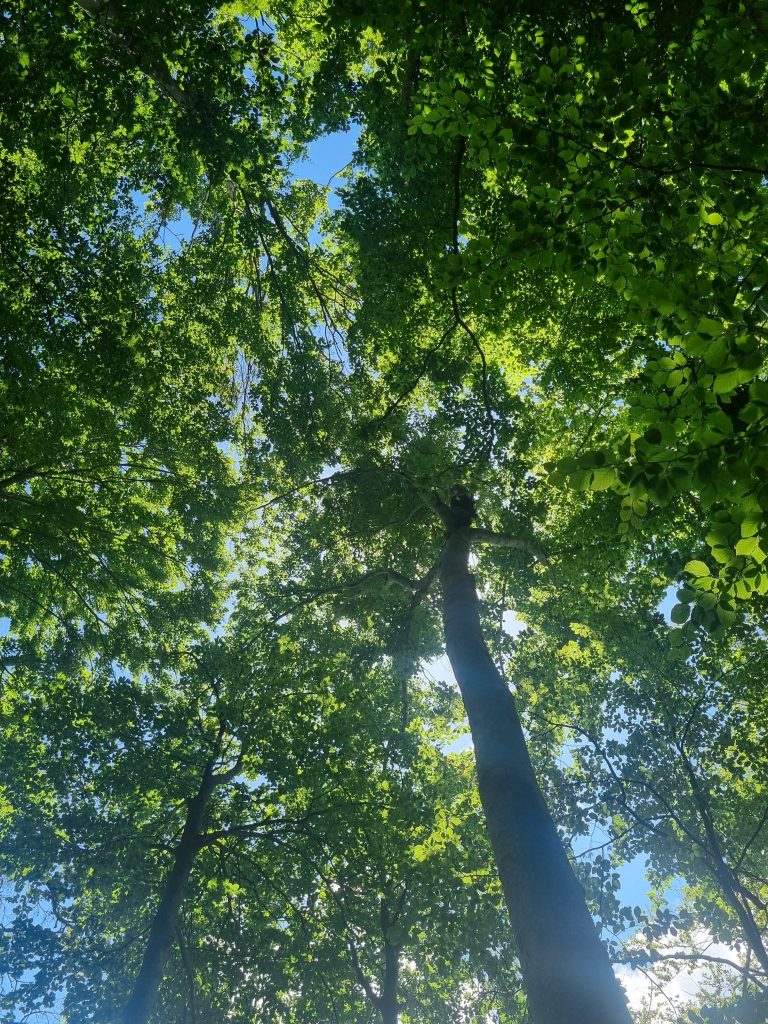
Julie: “We had a very busy field season this summer but thankfully we had lots of cute farm animals to caress during our breaks (although we did get spit on once or twice by the alpacas). Our fodder trees grew very well over the summer. In addition to measures of trunk diameter, leaf biomass, stomatal conductance, midday leaf water potential and leaf functional traits we also took leaf samples to analyze their nutritional quality and tannin contents. We installed sensors in our hedgerows to monitor soil humidity and conducted surveys to monitor pollinator biodiversity. There is now lots of data to analyze! A huge thank you to everyone who helped us this summer and to the farmers participating in the study, see you next year.”



Helena: “Gold digging practices have evolved into data digging processes! This summer we finished the experiment in the Polytunels with a full squad of gardeners. It was hot, but so are we! We cut the aboveground material, weighted it and put it at the oven to dry. The tricky part was about the soil! We had to remove all the soil from the roots carefully to not break them for 240 pots, wash and weight the roots and put them at the oven. Meanwhile, before the soil microbes are still kicking, we went to the lab to make the soil and microbes C and N extractions. We basically had to separate each sample in two, fumigate one of the two with chloroform and make and extraction. The fumigated one will give us info about the soil+microbes content and the non-fumigated only of the soil. For the rest, of biological material, dry-dry-dry, grind-grind-grind and tin capsules for everybody. We hope all these data will help us to shed light into the role of soil microbes in the N cycle of Swiss grasslands under drought and warming conditions.”
